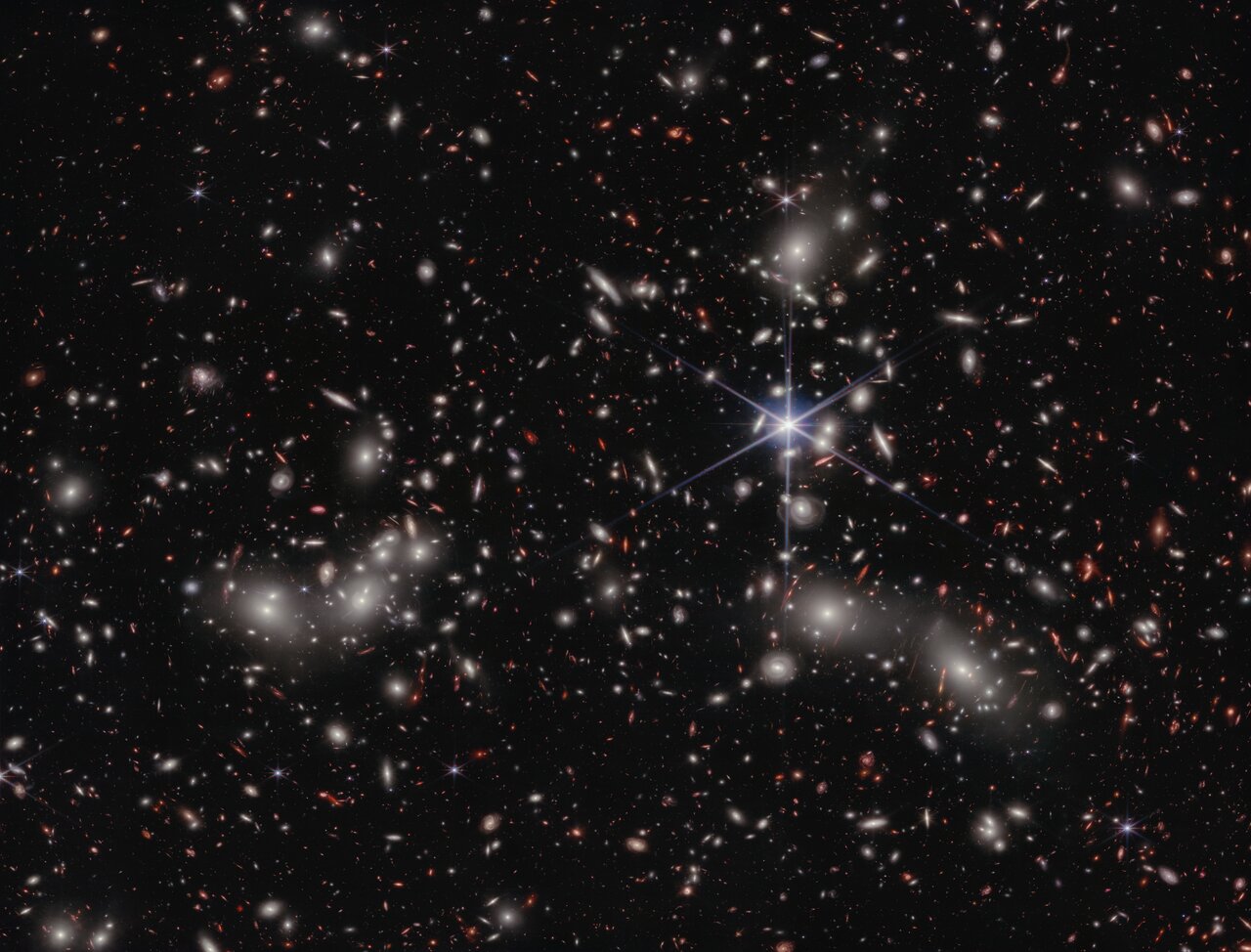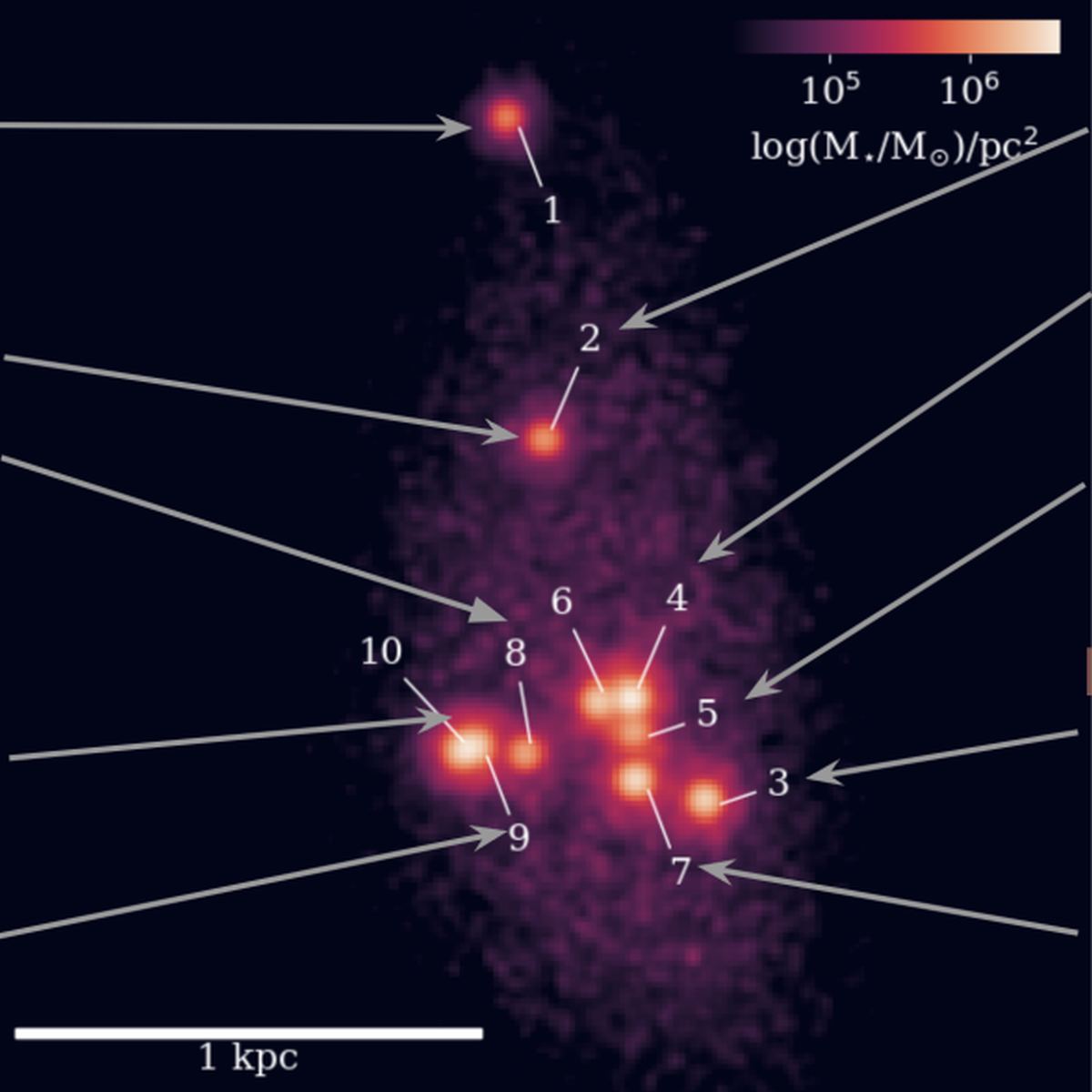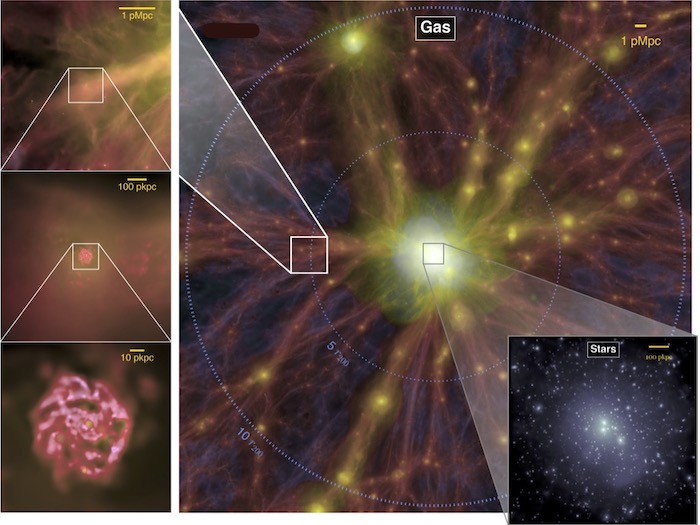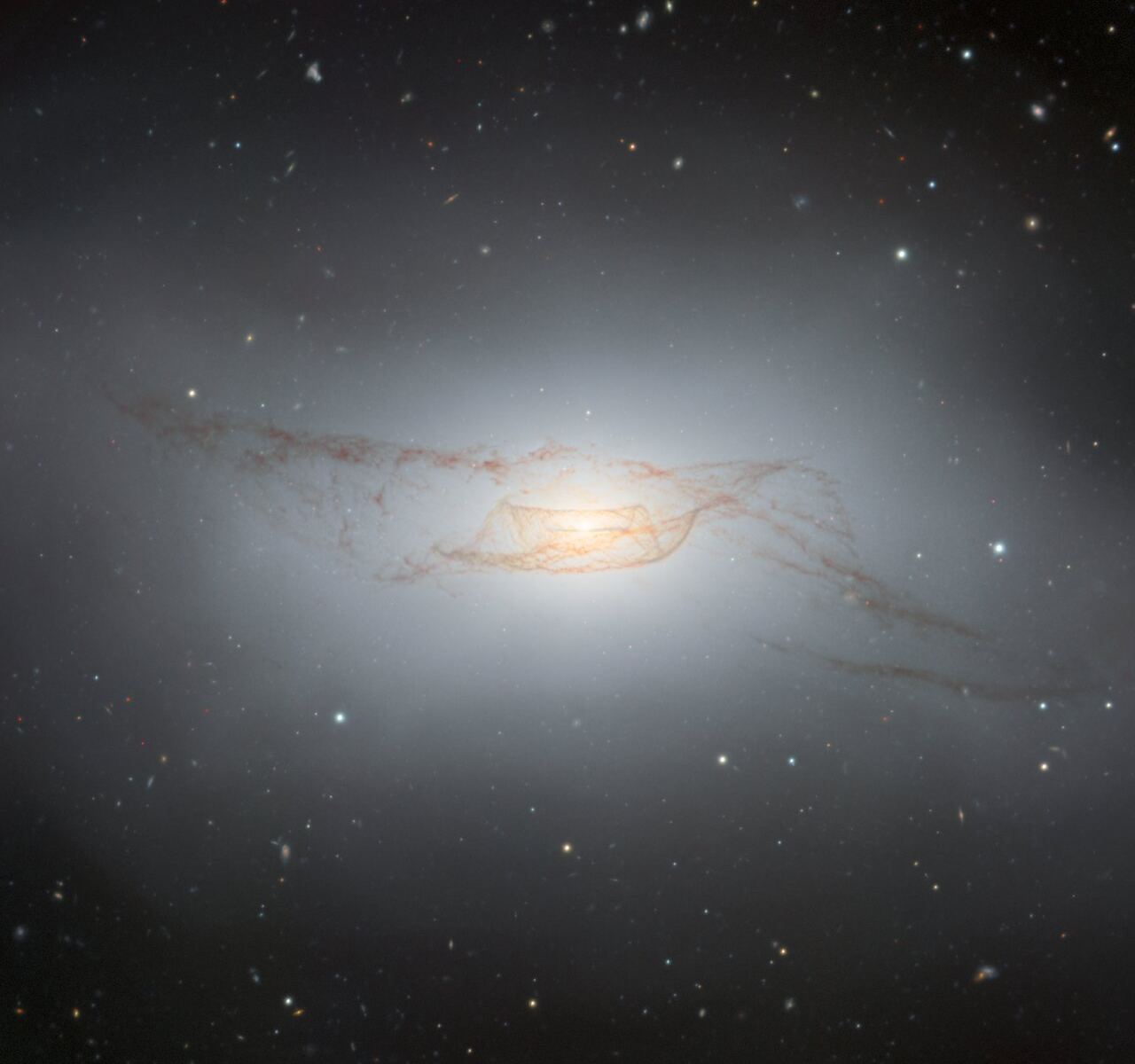During the Universe’s Dark Ages, dense primordial gas absorbed and scattered light, prohibiting it from travelling. Only when the first stars and galaxies began to shine in energetic UV light did the Epoch of Reionization begin. The powerful UV light shone through the Universe and punched holes in the gas, allowing light to travel freely.
New observations with the James Webb Space Telescope reveal how it happened. The telescope shows that faint dwarf galaxies brought an end to the darkness.
Continue reading “Dwarf Galaxies Banished the Darkness and Lit Up the Early Universe”









